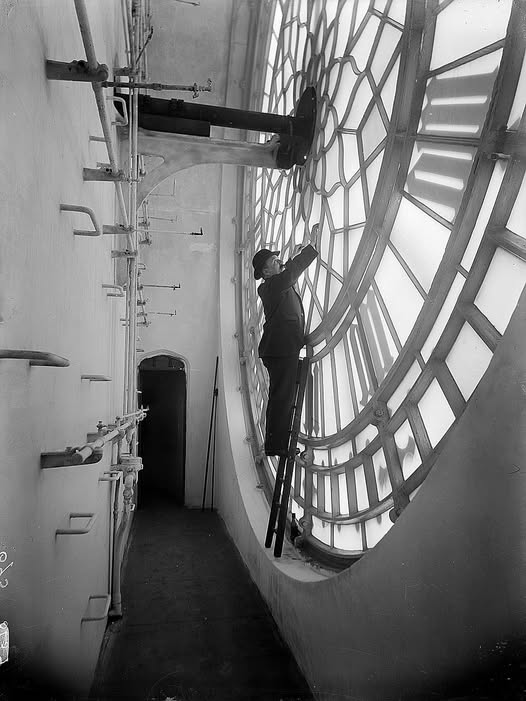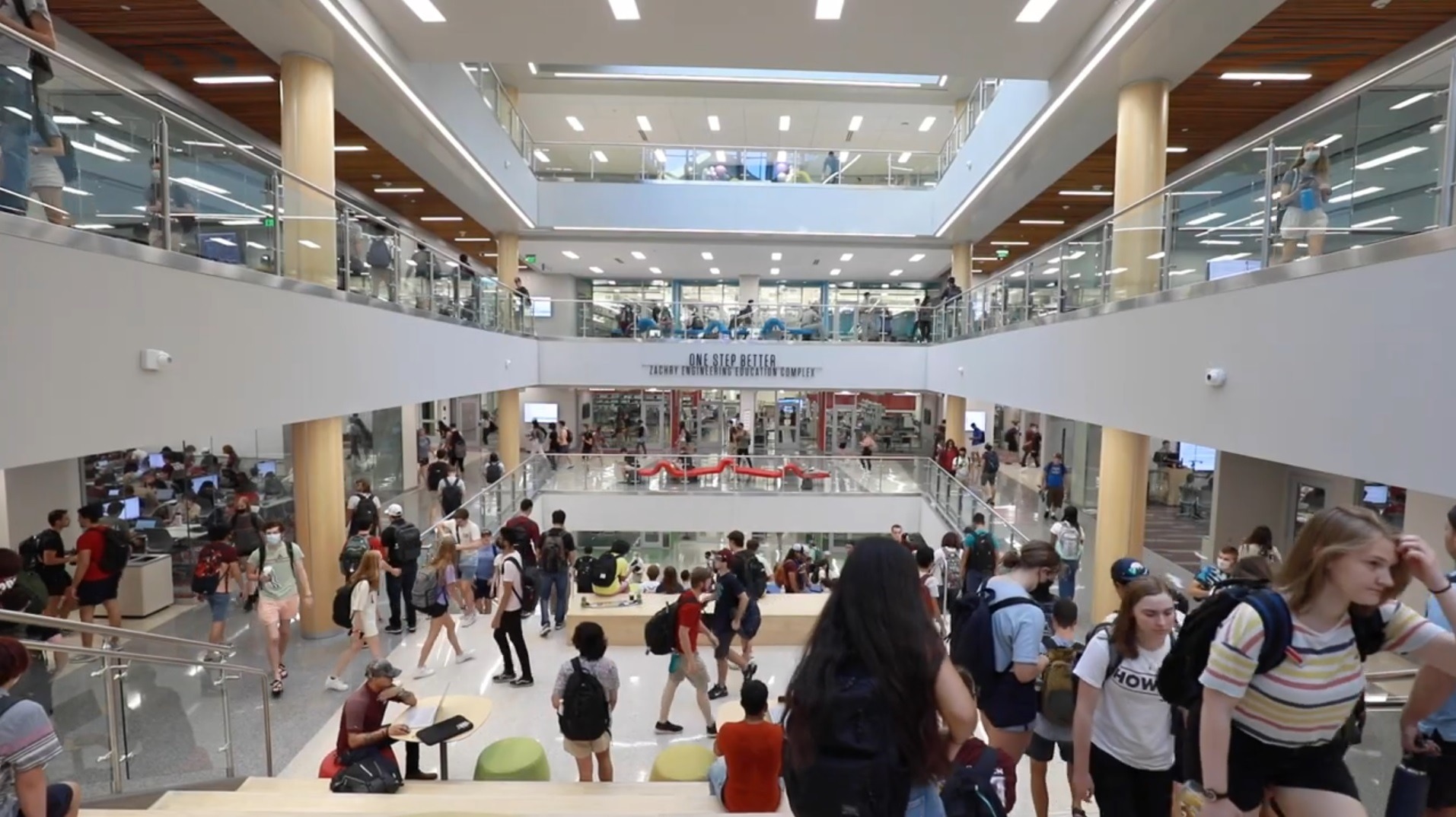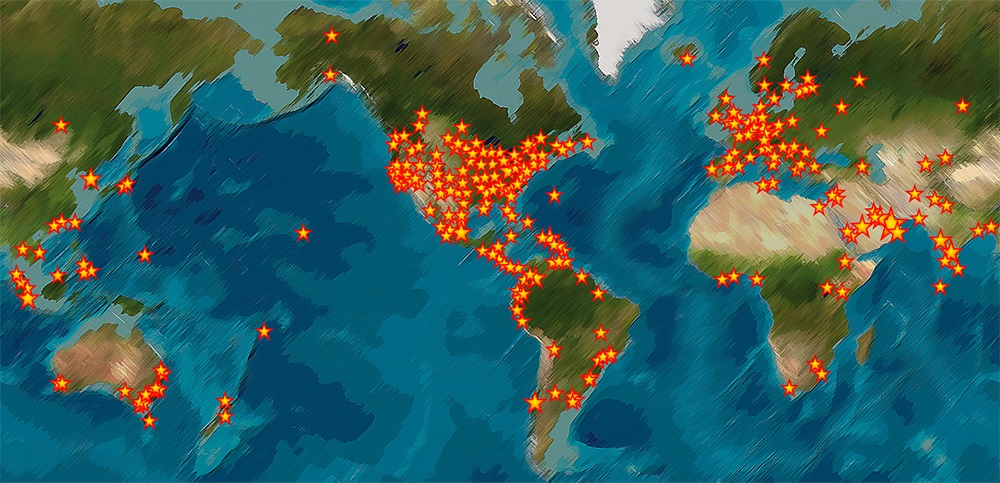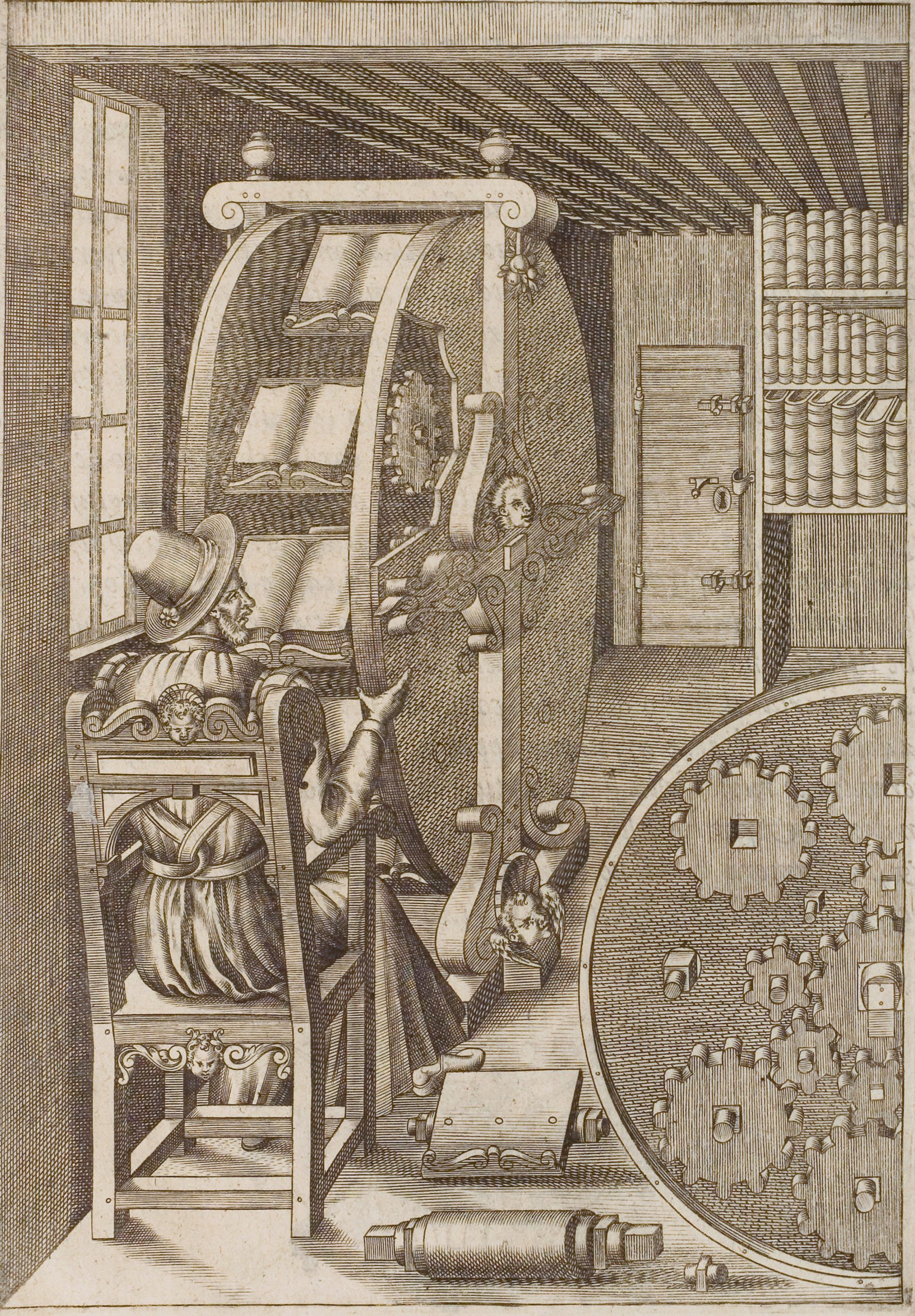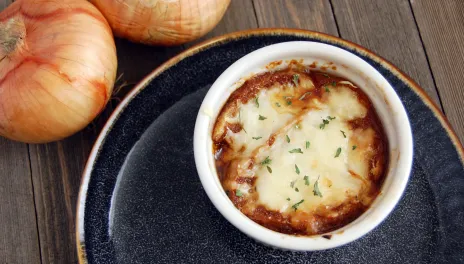High Table
- Home Page 20

RELLIS Data and Research Center
Time sensitive November 11, 2025 Update:
The project, located on the Texas A&M University System’s Rellis Campus in Bryan (Brazos County), has faced significant delays. Originally slated to begin construction by November 2021, it was pushed back due to the 2021 Winter Storm Uri. In November 2023, construction was announced to start in 2024, with an expected opening in Q3 2024 (July–September). However, no sources confirm completion or operations.Recent developments include:
- February 2025: Bryan approved a reinvestment zone on the 25-acre site to attract the data center, with ongoing negotiations.
- October 2025: Officials clarified no formal plans have been submitted for the site, despite zoning approvals for potential development.
The project’s official site (rellisdrc.com) states “Site will be available soon,” indicating it’s still under preparation. It’s designed as a 225,000 sq ft Tier III facility with colocation, cloud services, and educational spaces for workforce training.
FYI:
Company building RELLIS Campus Data & Research Center files for bankruptcy
Construction to begin on Rellis data center in Texas in 2024
The RELLIS Data and Research Center will be a public – private development with Texas A&M University. The data center will be built on the new RELLIS Campus located in College Station, Texas. It will offer cloud storage and outstanding managed services. The RELLIS Academy and Research Lab offers the ability for Texas A&M University to give real world data center experience to both students and faculty.
Data Center Operations & Maintenance
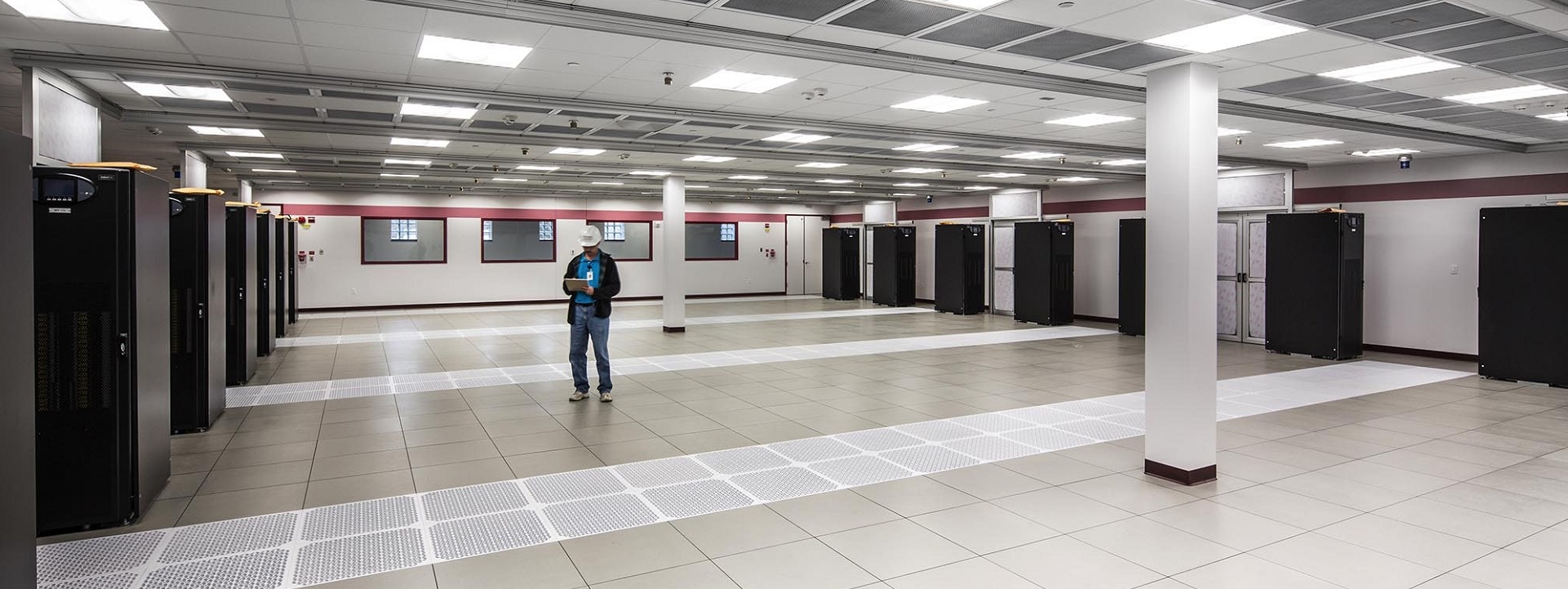




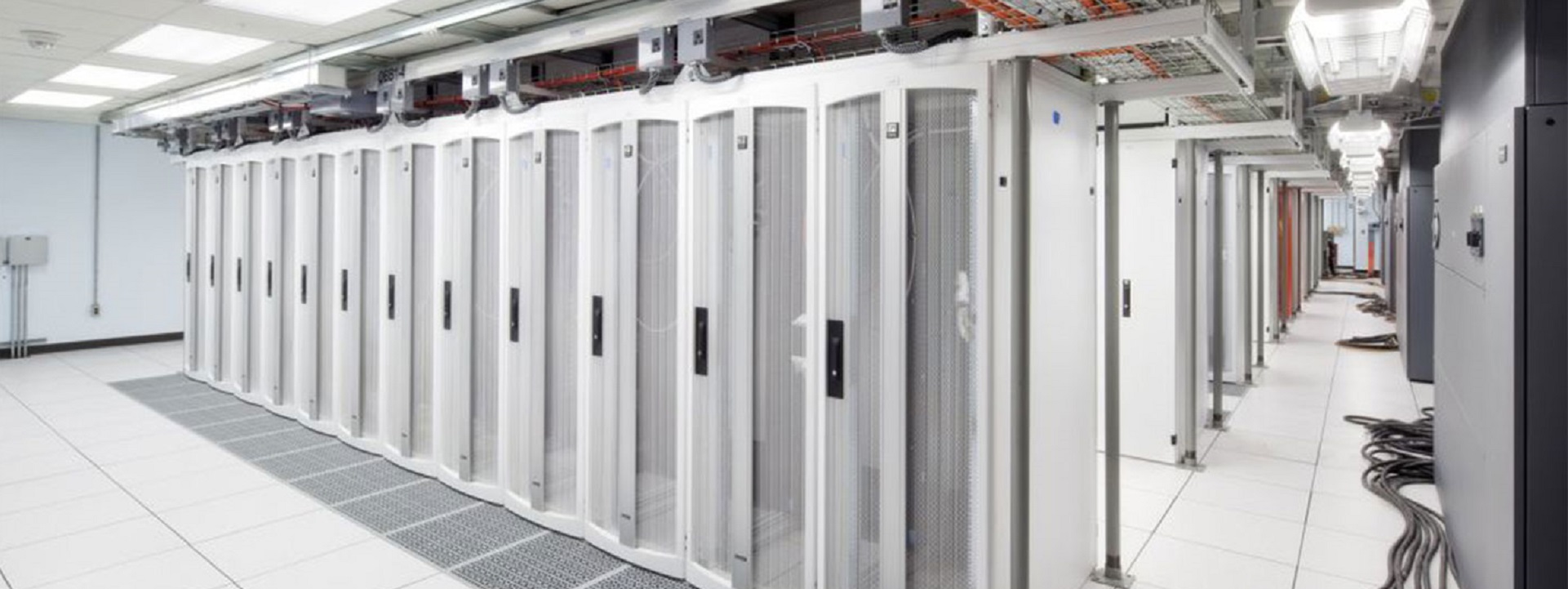

Information and communications technology (ICT) is a fast-moving economic space in which a mix of consensus, consortia and open-source standards form the broad contours of leading practice. ICT standards tend to follow international developments — more so than, say, fire safety standards which are more familiar to education facility leadership. All school districts, colleges, universities and university-affiliated health care systems have significant product, system, firmware and labor resources allocated toward ICT.
The Building Industry Consulting Service International (BICSI) is a professional association supporting the advancement of the ICT community in all markets. This community is roughly divided between experts who deal with “outside-plant” systems and “building premise” systems on either side of the ICT demarcation (or Point-of-Presence). BICSI standards cover the wired and wireless spectrum of voice, data, electronic safety & security, project management and audio & video technologies. Its work is divided among several committees as shown in the landing page of its standards setting enterprise, linked below:
BICSI International Standards Program
Education communities are stewards of significant information and communication technology infrastructure. Accordingly, we track the development of BICSI 009 Data Center Operations and Maintenance Best Practices. This title provides requirements, recommendations, and best practices for the operation and maintenance of data centers including but not limited to standard operating procedures, emergency operating procedures, maintenance, governance, and management. Those comments are now being integrated into a revised standard to be released as soon as the restrictions of the pandemic are eased. For more information you may communicate directly with Jeff Silveira (jSilveira@bicsi.org)
As of this posting, all BICSI best practice titles are stable and current; though our recent communication with its leadership indicates that BICSI standards setting has been slowed by the pandemic.
A fair amount of content in BICSI standards are inspired by movement in safety concepts of the National Electrical Code; particularly on matters involving wiring, grounding and lightning protection. We maintain all BICSI best practice titles on the standing agenda of our Infotech 200 teleconference. See our CALENDAR for the next online meeting; open to the public. On this topic we collaborate with the IEEE Education & Healthcare Facilities Committee meets four times monthly in European and American time zones; also open to the public.
Issue: [19-30]
Category: Telecommunications, Infotech
Colleagues: Mike Anthony, Jim Harvey, Michael Hiler
LEARN MORE:
Did you know BICSI offers a complete library of our award winning technical manuals and published standards? Available in print or electronic download, this set is a perfect resource for your company. Learn more: https://t.co/fzBA8hqve9 pic.twitter.com/y9duVe0fCG
— BICSI (@BICSI) December 15, 2018
Data Center Wiring
The bookwheel, also known as a revolving bookcase, was invented by an Italian scholar and polymath named Agostino Ramelli. Ramelli was born in 1531 in Ponte Tresa, a town in present-day Italy, and he lived during the Renaissance period.
Ramelli’s invention, described in his work titled “Le diverse et artificiose machine del capitano Agostino Ramelli” (The Various and Ingenious Machines of Captain Agostino Ramelli), was published in 1588. This book showcased a collection of 195 mechanical devices.
Ramelli’s work contributed to the growing interest in mechanical inventions during the Renaissance period. His bookwheel design remains a fascinating example of early engineering and ingenuity, highlighting the desire for knowledge and practical solutions in the pursuit of learning and scholarly endeavors.
2026 NEC Articles 645-646-647 Information Technology Equipment, et. al First Draft Report
2026 NEC Articles 645-646-647 Information Technology Equipment, et. al Second Draft Report
The standard of care for wiring safety for data centers — a continually expanding presence in education communities even before the pandemic — is established in National Electrical Code Articles 645 (Information Technology Equipment), Article 646 (Modular Data Centers) and Article 647 (Sensitive Electronic Equipment). You will notice that these articles cover the topic comprehensively and bear the imprint of competing Producer-Interest groups. There are no User-Interest representatives on Code-Making Panel 12 that represent the final fiduciary in education communities even though education communities are one of the largest markets for information and communication technology systems.
The current version of NFPA 70 is linked below:
Transcripts of technical committee action during the 2026 revision (CMP-16) are linked below because they will inform our recommendations for the 2026 National Electrical Code. Keep in mind that the Technical Correlating Committee is moving content around the Code in order to make the NEC easier to use by experts.
CMP-16 First Draft Report | Public Input with Committee Response
The transcripts of technical committee action during the 2023 revision are linked below because they will inform our recommendations for the 2026 National Electrical Code.
Code‐Making Panel 12 Public Input Report
Code-Making Panel 12 Public Comment Report
We will use these in our exploration of what we might propose for improvements in the 2026 revision. Public comment on the First Draft of the 2026 Edition will be received until August 28th.
The issues that have been in play in these articles of the NEC are familiar to veterans of the “food fight” – occupancy classification, cable specifications, fire protection, ventilation, energy consumption, surge protection, licensing of engineers. etc. We look for market-making excesses by opposing stakeholders that seek to limit their risk while raising the (financial) risk to education communities.
We encourage our colleagues to participate in the NFPA code development process directly. We also encourage stakeholders in education communities — students, faculty and staff to join us during any of the teleconferences we co-host with the IEEE Education & Healthcare Facilities Committee 4 times monthly in both European and American time zones. See our CALENDAR for the next online meeting.







NFPA 75: Standard for the Fire Protection of Information Technology Equipment
2024 International Building Code: Special Detailed Requirements Based on Occupancy and Use
2024 International Building Code: Section 304.1 Business Group B
Tier Classification System
Related:
Bibliography
Reliability Data Collection Dot Std 3006.8: Framework for Establishing Goals for New Data
University of Michigan Cloud Services
Stanford University Cloud Transformation
University of Texas at Austin Cloud Computing
McKinsey: Scaling bigger, faster, cheaper data centers with smarter designs
Henry Mancini Institute
This content is accessible to paid subscribers. To view it please enter your password below or send mike@standardsmichigan.com a request for subscription details.
English for Technical Professionals
IEEE English for Technical Professionals is a 14-hour online learning program designed to provide non-native English speakers with a working knowledge of English techniques and vocabulary that are essential for working in today’s technical workplace.
IEEE English for Technical Professionals
Electropedia: The World’s Online Electrotechnical Vocabulary
“All Applicable Standards”
From time to time we drill into representative design guidelines and specifications for facility classes that are present on educational campuses; including projects involving the spaces between buildings — i.e. water, pathway, power and telecommunication infrastructure.
We place particular emphasis on the “General Conditions” of these guidelines and specifications because up to 20 percent of a construction project may involve the cost of general conditions; depending upon how many disciplines are involved.
We find excesses in the General Conditions that tend to inflate contingency requirements but also shortcomings that design professionals, construction project managers and building service engineers* should know about. Facility development units will likely want to tweak design and construction documents to harmonize with the latest changes in the codes and standards that govern the safety and sustainability agenda of the education facility industry.
Tulane University School of Architecture
Building services engineers are responsible for the design, installation, operation and monitoring of the technical services in buildings (including mechanical, electrical and public health systems, also known as MEP or HVAC), in order to ensure the safe, comfortable and environmentally friendly operation.
Building services engineers work closely with other construction professionals such as architects, structural engineers and quantity surveyors.
Building services engineers influence the architectural design of building, in particular facades, in relation to energy efficiency and indoor environment, and can integrate local energy production (e.g. façade-integrated photovoltaics) or community-scale energy facilities (e.g. district heating). Building services engineers therefore play an important role in the design and operation of energy-efficient buildings (including green buildings, passive houses and zero energy buildings. uses. With buildings accounting for about a third of all carbon emissions] and over a half of the global electricity demand, building services engineers play an important role in the move to a low-carbon society; a prevailing sentiment among many educational settlements.
Update: 29 November 2024
French Onion Soup
Standards North Dakota | Campus Master Plan
Click image below for recipe
Click for Extension Service Full Playlist
New update alert! The 2022 update to the Trademark Assignment Dataset is now available online. Find 1.29 million trademark assignments, involving 2.28 million unique trademark properties issued by the USPTO between March 1952 and January 2023: https://t.co/njrDAbSpwB pic.twitter.com/GkAXrHoQ9T
— USPTO (@uspto) July 13, 2023
Standards Michigan Group, LLC
2723 South State Street | Suite 150
Ann Arbor, MI 48104 USA
888-746-3670


